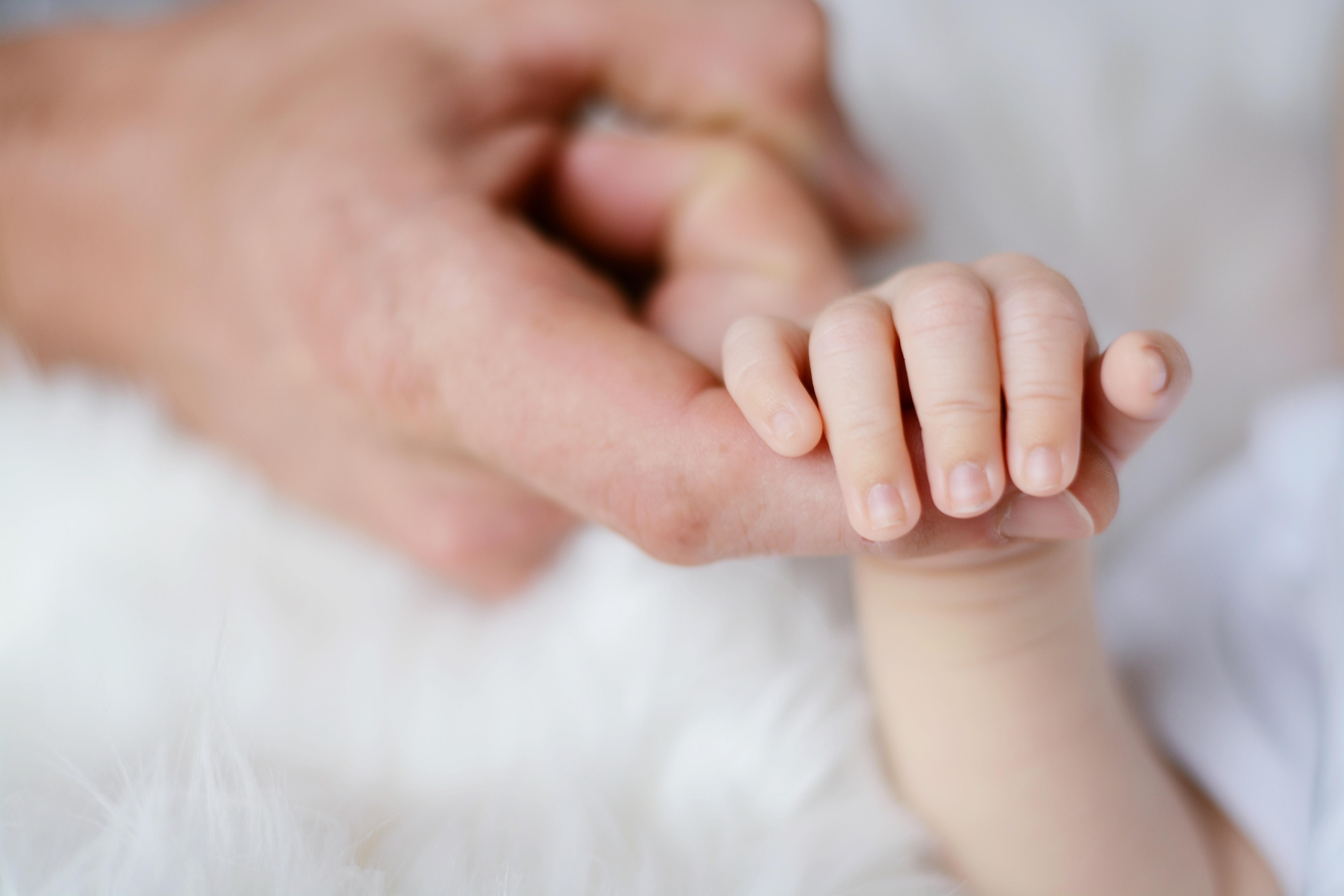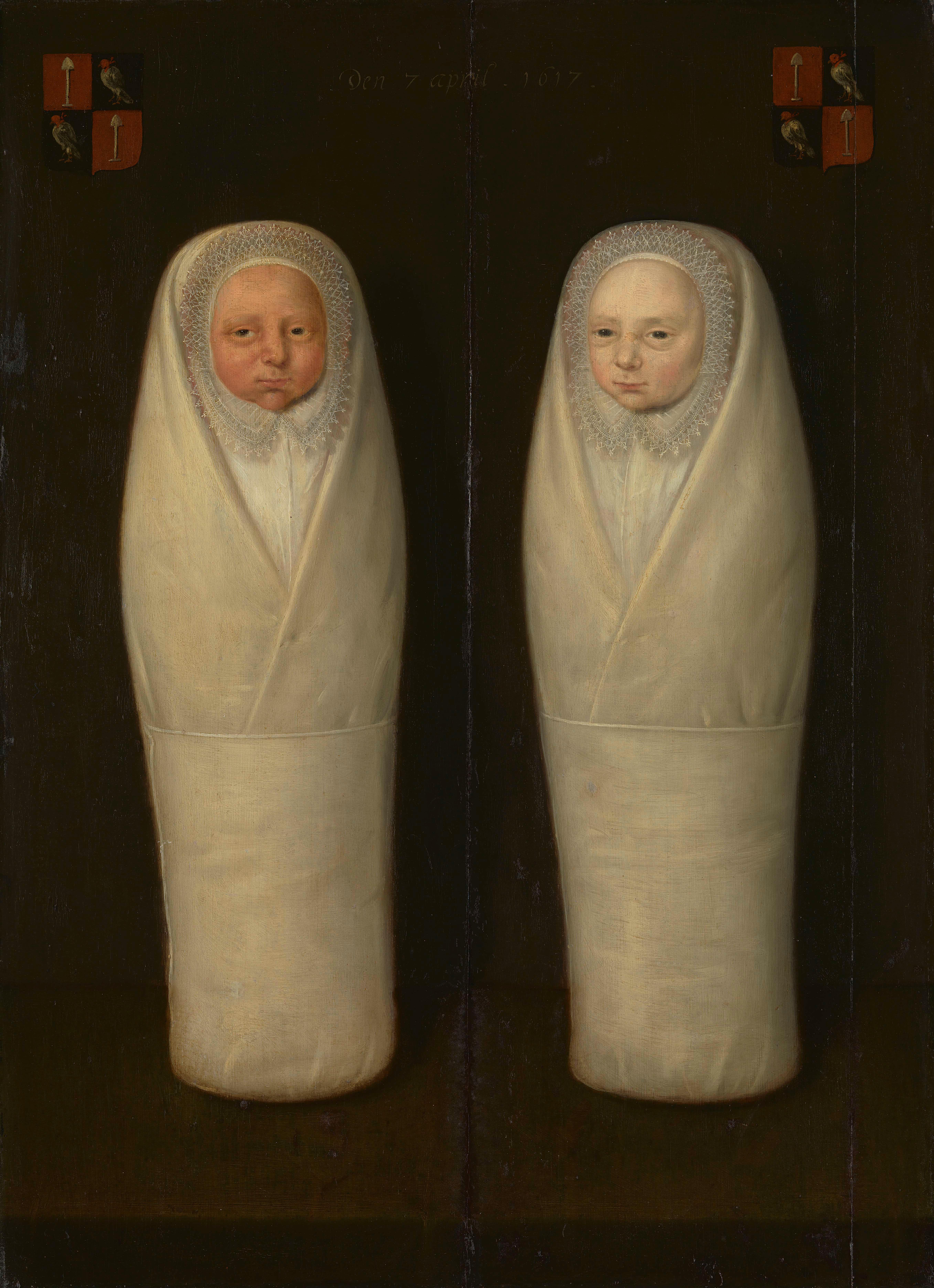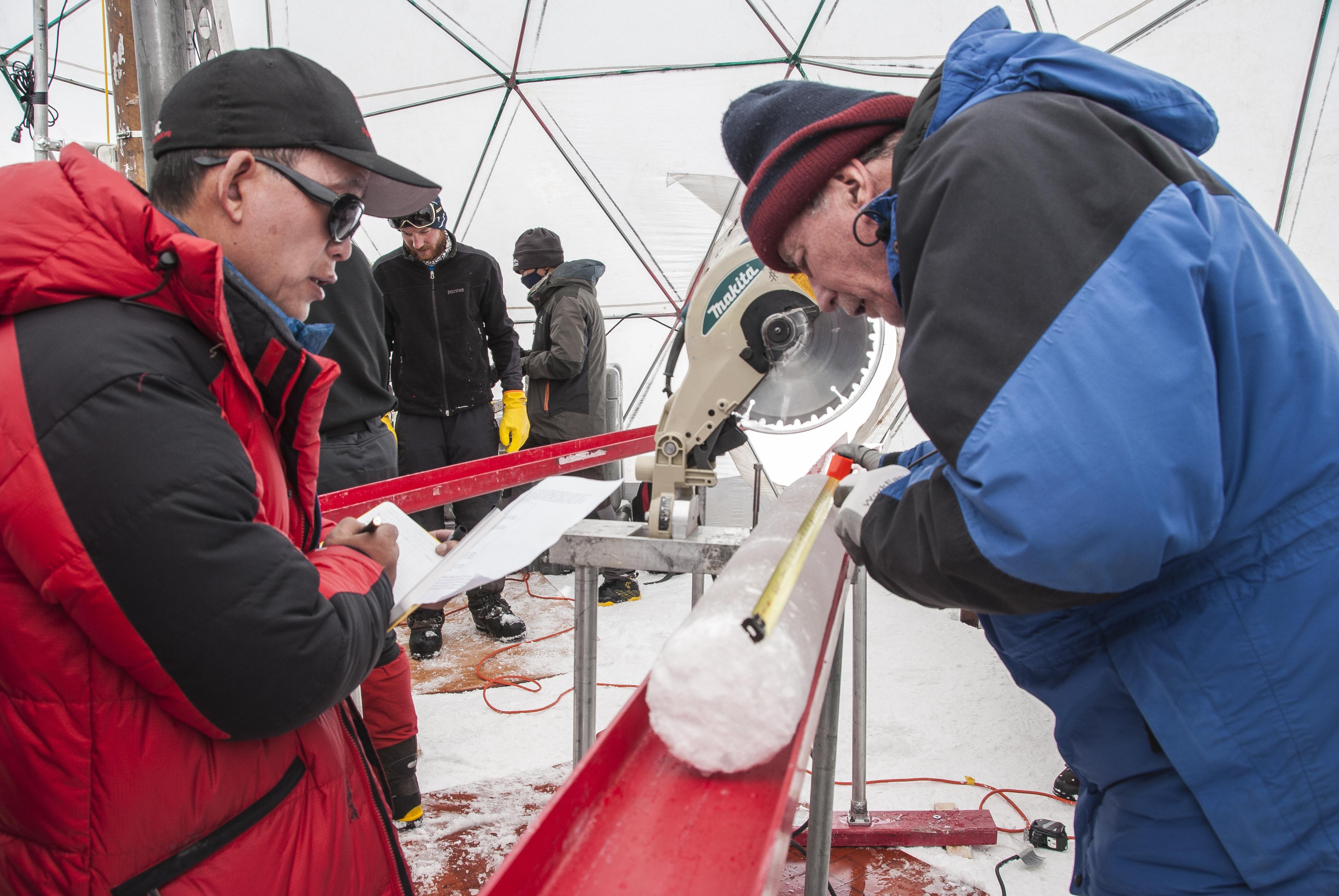“I’m a very lucky psychopath,” says neuroscientist James Fallon, who discovered he had borderline psychopathy while using his own brain scans in a double-blind study. Upon reflection it made a lot of sense, and now Fallon understands that it was his mother’s good intuition in his developmental stage that set the course for how his psychopathy would be expressed as an adult. Good parenting and family connections can be the difference between an anti-social and a pro-social psychopath, and being kind to kids—in your family or in your neighborhood—who are struggling might just save the world from someone on the wrong side of psychopathy.
James Fallon: For me – even though I’m like a borderline psychopath, a near psychopath and a prosocial psychopath – in a way I’m a lucky psychopath in the sense that I grew up in such a wonderful family.
And the family – my interactions with my mother and father, my aunts and uncles, my grandparents, everybody around me – they knew that something was wrong and they treated me really unbelievably. So I had this wonderful – this wonderful upbringing and my mother and a couple of her sisters, they – I think they had good instincts about this.
They kept me away from things, you know. And I had gone through a kind of a dark – when I was going through puberty. And she knew something was really wrong and I think she talked to some of the teachers and made sure that I was very busy. So every day I was, you know, I was in – all through high school and college and all sorts of very active contact sports and I was involved in the drama club and in the band, you know. And I was like always doing something. And I think that probably she knew that for a kid that’s a good thing.
I was always successful. I always knew what I wanted to be. I always did well in school so I never needed money. I never needed power.
And I just thought to myself well what if I did? What if I did? What if I wasn’t so lucky in all these ways? And I don’t feel any guilt about being lucky. You know, I’m happy it happened but I was just thinking, you know, I could have turned out much differently.
But I think not so bad because I was treated so well that trigger wasn’t pulled on the genes. You know there are a couple of genes that I do have, the serotonin transporter that if you’re—early in life if you’re brought into an abusive or an abandonment situation, it’s very bad for your ultimate development.
But if you have that same allele, the serotonin transporter allele, and you’re shown a lot of love, it has the opposite effect, it negates the other negative things. So this is amazing, it really made sense, and it really is like a biological hardcore reason to be good to your kids, to your family’s kids, to your neighborhood kids, because if you just say it it sounds like happy talk, right? “We hate war,” “Be nice to your kids,” etc, but there’s real biological reasons for it, and I think it’s very compelling.
And that has been exciting. For me it has been exciting because it’s scientifically interesting. It opens up something about the universe. And that’s what drives me. It really does. And if it did, it wouldn’t, but on the side I knew that I was really lucky, too.





